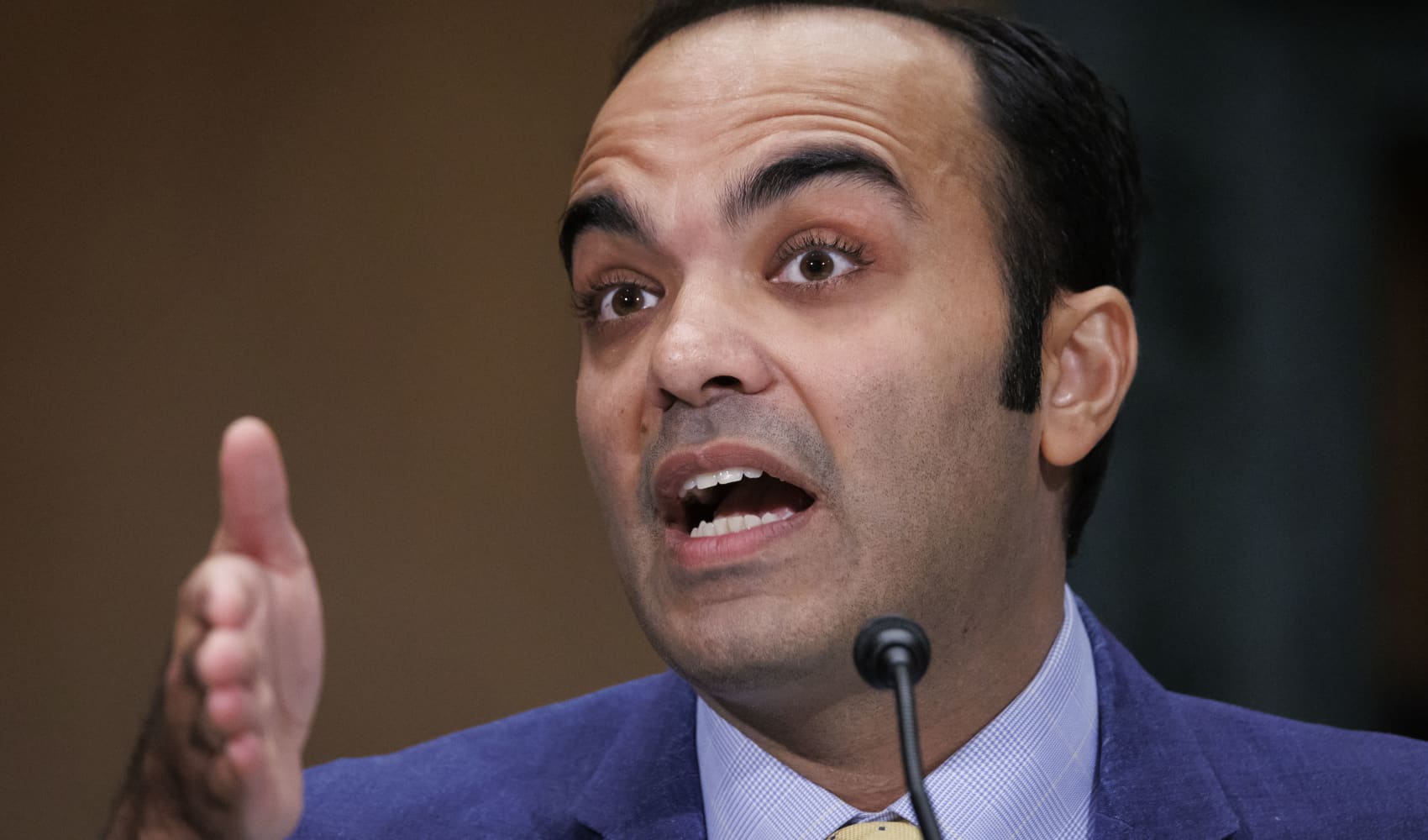
Another historically high 4.3 million workers quit their jobs in December, according to the Labor Department's latest Job Openings and Labor Turnover report, closing out a record-shattering year when roughly 47.4 million people voluntarily left their jobs for better work during the pandemic and Great Resignation.
For comparison, 42.1 million people quit in 2019, at the time considered the tightest labor market on record.
"All of this is uncharted territory," says Rucha Vankudre, a senior economist at Emsi Burning Glass, a labor market analytics firm.
The U.S. saw record-breaking months of turnover throughout 2021, with early signs of trouble kicking off in April as vaccination efforts improved, consumer activity rebounded and businesses scrambled to re-staff to meet demand. Workers, especially in low-wage service roles, quit their jobs for higher pay and better work conditions.
Get New England news, weather forecasts and entertainment stories to your inbox. Sign up for NECN newsletters.
Pressure for higher pay will continue
Employers responded to record turnover by "trying to get employees in the door" with signing bonuses, higher salaries, the option to work remotely and expanding their geographic hiring boundaries for teleworkers, Vankudre tells CNBC Make It. They've increased retention efforts by offering more employee training and development opportunities.
"Employers are doing what they can at this point," Vankudre says. She expects pay increases to continue unabated as a means of attracting new hires, retaining workers and pulling people back into the workforce. "What else can they do? We'll have to see. They've done the things we've expected them to do at increasing rates, but what's next?"
Money Report
Even still, rising wages may not be enough to keep pace with the rate of inflation. Though wages rose 4.7% from a year prior, according to the Labor Department, consumer prices reached a 40-year high in December, when the consumer price index (which measures the cost of goods and services) showed a 7% jump year-over-year.
Job openings and new hires are high, but so are unfilled roles
In December, roughly 6.3 million people were hired into new jobs, out of a total of 10.9 million job openings, leaving 4.6 million roles unfilled. Job openings increased the most in accommodation and food services, information, nondurable goods manufacturing and public education.
As of December, there were 58 unemployed workers for every 100 job openings — that's nearly two jobs for every person looking for one. "We're not getting anywhere near the 1:1 ratio," Vankudre says.
The U.S. economy added 199,000 jobs in December, fewer than expected, according to the Labor Department. The unemployment rate dropped to 3.9%, but there were still 2.9 million fewer people in the workforce compared with February 2020 before the pandemic hit the U.S.
Throughout the pandemic many workers, especially women and caregivers, have been unable to rejoin the labor force due to ongoing child-care challenges and health concerns over the virus.
"The problem right now is there aren't enough bodies to fill jobs," Vankudre says. "Without a major change in the labor force participation rate or employer behavior, like deciding they are willing to let positions stay empty instead of hiring for them, it seems unlikely things will change."
Check out:
Here’s where employers are required by law to share salary ranges when hiring
How to answer 'What are your salary expectations?' and other tips for talking pay in interviews
Companies that refuse to be transparent about pay will be 'under fire,' says salary expert
Sign up now: Get smarter about your money and career with our weekly newsletter






